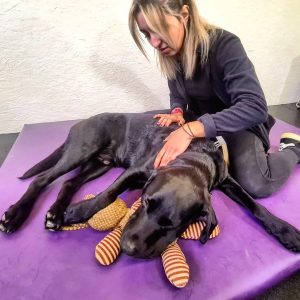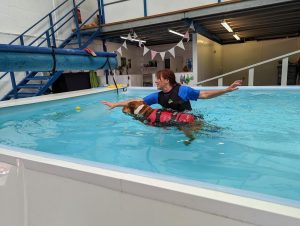There are very few reports discussing the effectiveness of physical rehabilitation strategies for dogs. As a consequence, rehabilitation decisions are typically made by extrapolating information from the scientific evidence available in human clinical trials and by following universal rules of rehabilitation.
However, we’ve been reviewing a whole load of scientific papers recently that are focussed on dogs and wanted to share a summary of what their research has revealed – it’s surprisingly interesting:













